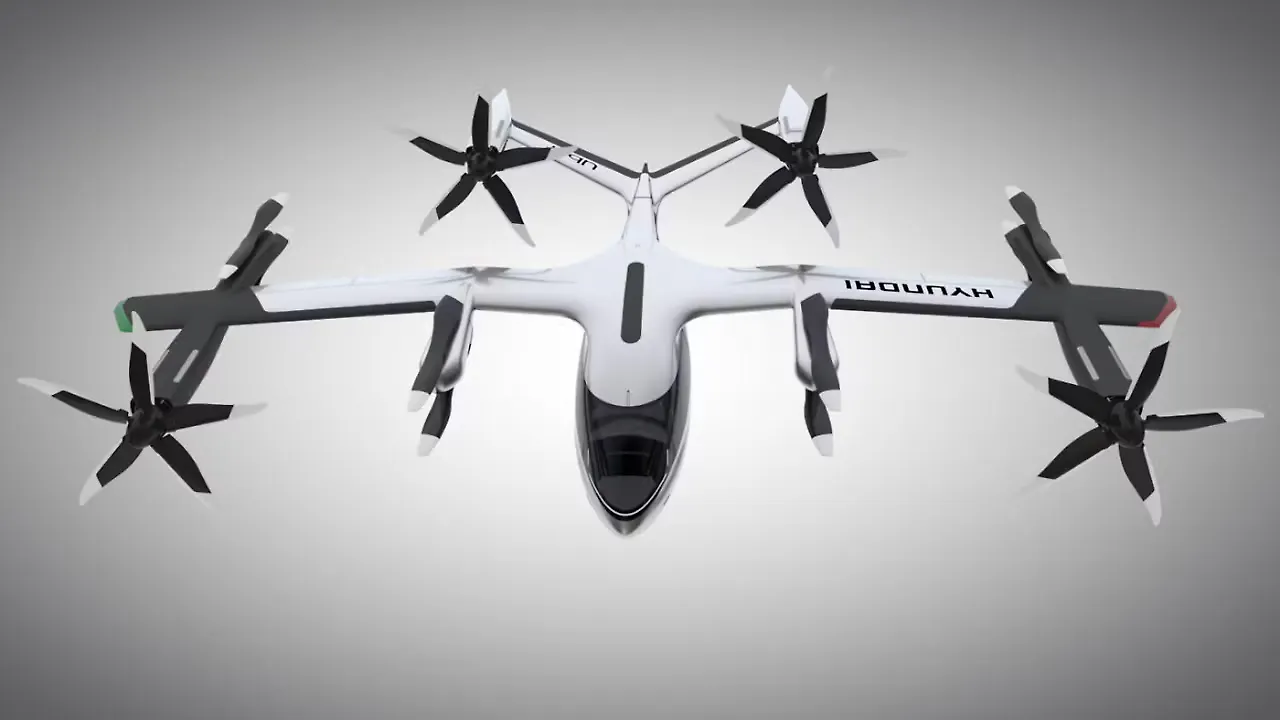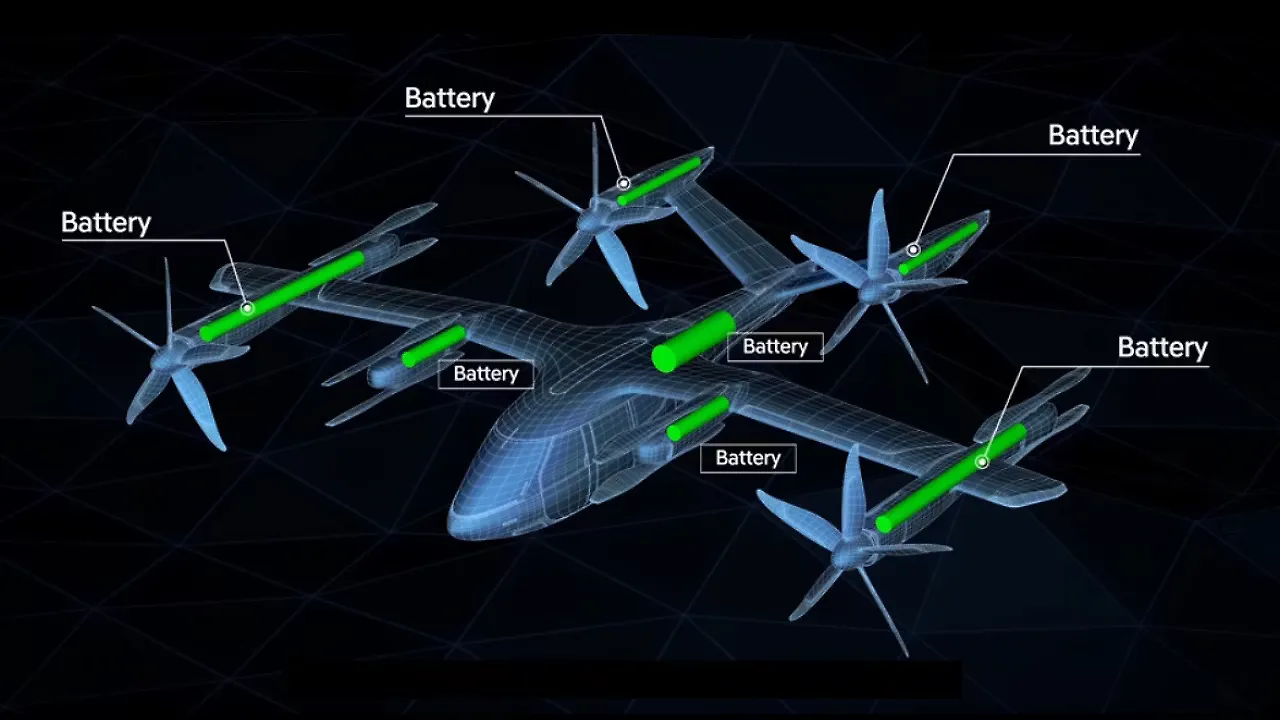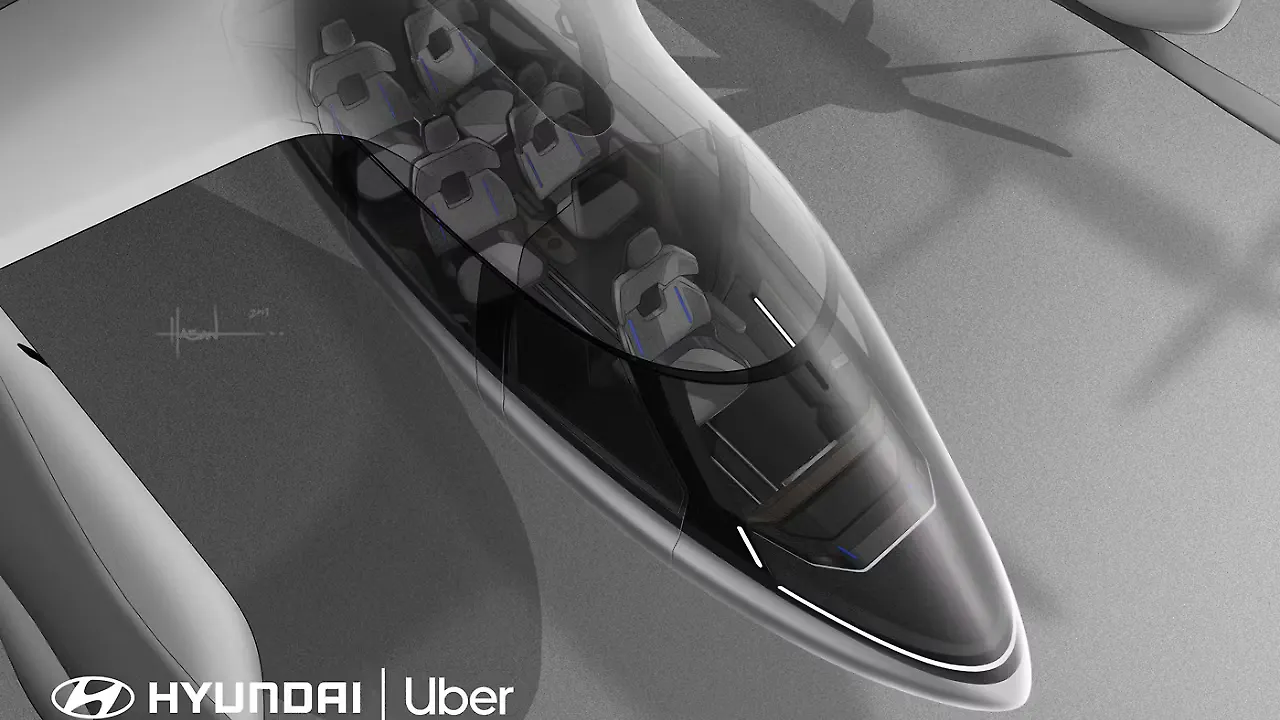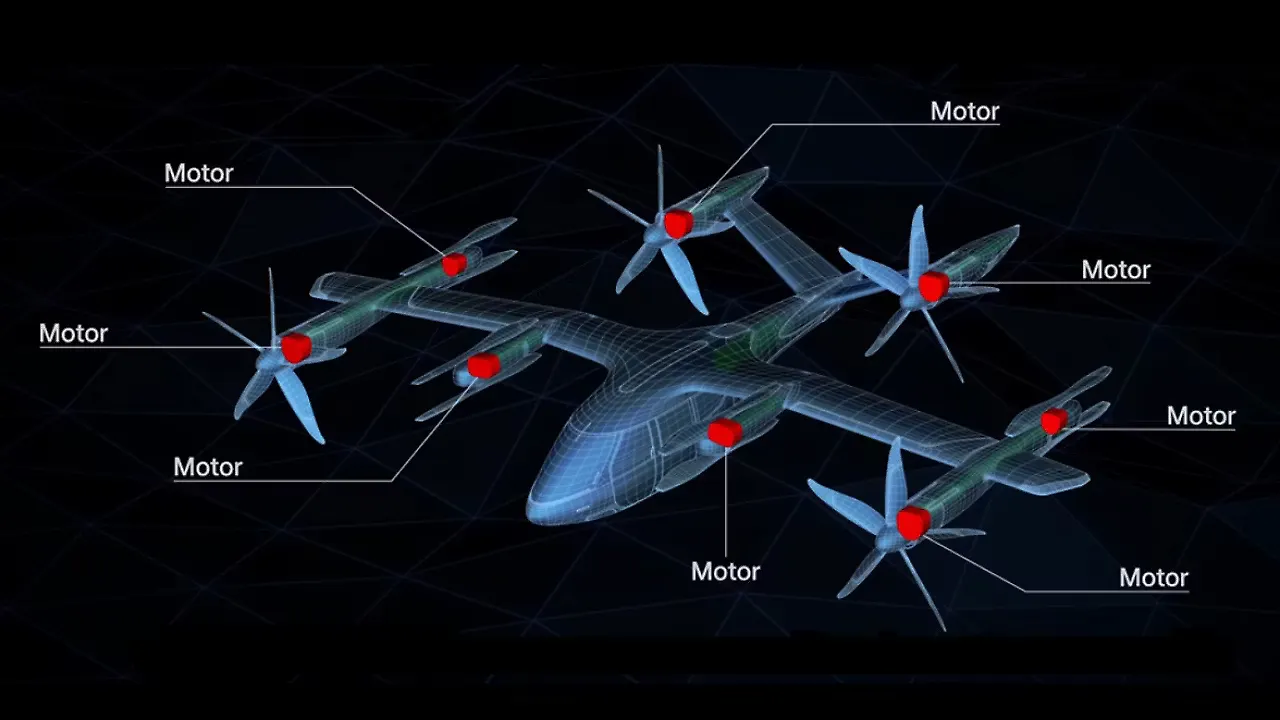
Automakers around the world have always been fascinated about the future of mobility. Some believe that the future beholds true driverless cars, while others believe the future will see primary transportation take place through the air.
However, despite this rift, the Korean carmaker Hyundai Motor Group has invested in both products. Earlier in September last year, the company, in association with Motional, unveiled its first fully autonomous, driverless robotaxi based on its IONIQ 5 EV.
According to the company, the car is outfitted with 30 exterior sensors, including cameras, radar, and LiDar, to provide 360-degree perception and the ability to detect objects at an 'ultra-long-range' while in motion.
However, if the car encounters an unusual road scenario, such as road construction or flooding, Motional claims that an operator can remotely take control of the vehicle and guide it back to safety. However, the automotive brand has now forayed into the aviation space with its new partner Supernal.
During the recently concluded Farnborough International Airshow, the company revealed its initial eVTOL vehicle cabin concept, providing the first look at how the group is integrating automotive capabilities to develop the Advanced Air Mobility (AAM) market.

Jaiwon Shin, President, Hyundai Motor Group and CEO, Supernal, said, “In order for Advanced Air Mobility to become a wide-spread mode of transportation, every detail, from the passenger experience to regulations and infrastructure needs to be addressed from the start and work in lockstep with one another.”
Interestingly, Supernal partnered with the Group’s design studios to create the cabin concept as the company works to certify its eVTOL vehicle for commercial use in the United States starting in 2028 – and in the EU and UK shortly after.
Besides the vehicle, the new entity collaborates with external partners and the Group’s more than 50 affiliates, including automobiles, automotive parts, construction, robotics and autonomous driving, to responsibly co-create the expansive AAM value chain.
Luc Donckerwolke, Chief Creative Officer, Hyundai Motor Group, noted that the Supernal eVTOL vehicle draws on the competence of the vehicle maker and the skillset of experienced automotive designers, which allowed the company to develop a new air mobility concept that is not only safe and rational but also highly emotional.
Inside The Future
Taking inspiration from its automotive stint, the new product from the group combines automotive design processes and materials while meeting commercial aviation’s safety standards to optimise the AAM passenger experience and price-point and embodies biomimicry philosophy, a butterfly in this case.
The team of engineers and designers utilised the automotive industry’s reductive design approach to create the lightweight interior cabin, which is made of forged carbon fibre.

The interior of the eVTOL features contoured seats, deployable seat consoles with a charging station and stowage compartment for personal items, grab handles built into the cabin doors and seatbacks to assist with ingress and egress and a combination of lighting, including overhead lights inspired by automobile sunroofs that adjust with the various stages of flight to emulate a 'light therapy' effect.
Additionally, with keeping sustainability at the centre, the cabin concept incorporates materials such as advanced recyclable carbon fibre reinforced thermoplastic, durable plant-based leather, recycled plastic fabric and responsibly sourced woods. The seat frame also utilises excess raw material from the airframe manufacturing process.
Dwelling Into The Project
Complementing the US-based Supernal’s battery-powered eVTOL vehicle designed for intra-city passenger journeys starting in 2028, the Group’s Korea-based division focused on Regional Air Mobility is also developing a hydrogen-powered mid-sized vehicle for regional – city-to-city – cargo and passenger journeys with launch planned of its hydrogen vehicle in the 2030s.
For this, Supernal and the division are partnering with the Group’s manufacturing innovation teams across the globe to create a robust AAM manufacturing process that will produce electric air vehicles at scale at an affordable price point over the coming decades.

Shin concluded that the group is working to leverage synergies between automotive’s high-rate manufacturing capabilities and aerospace’s high certification standards to build the foundation for everyday use of passenger and cargo air vehicles.